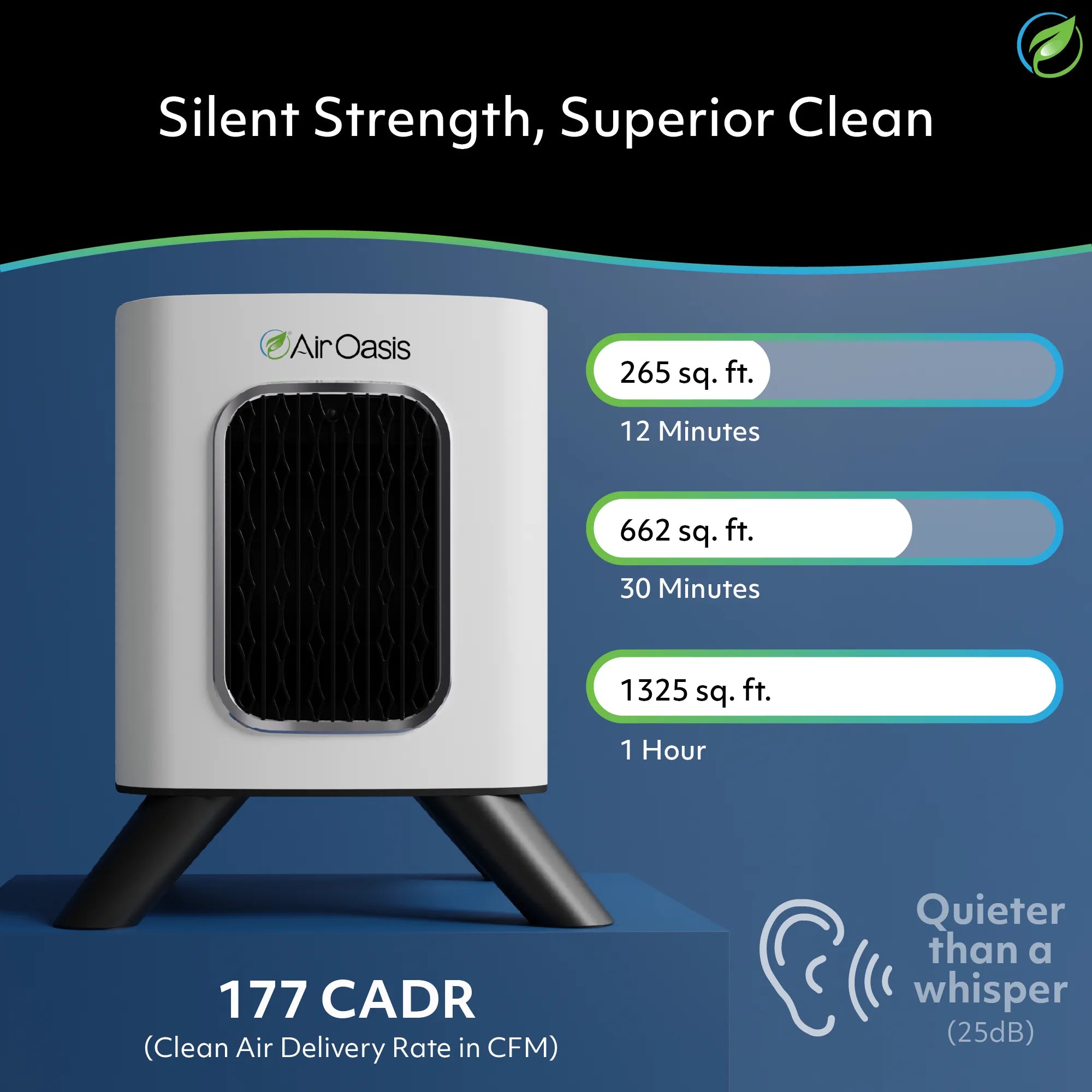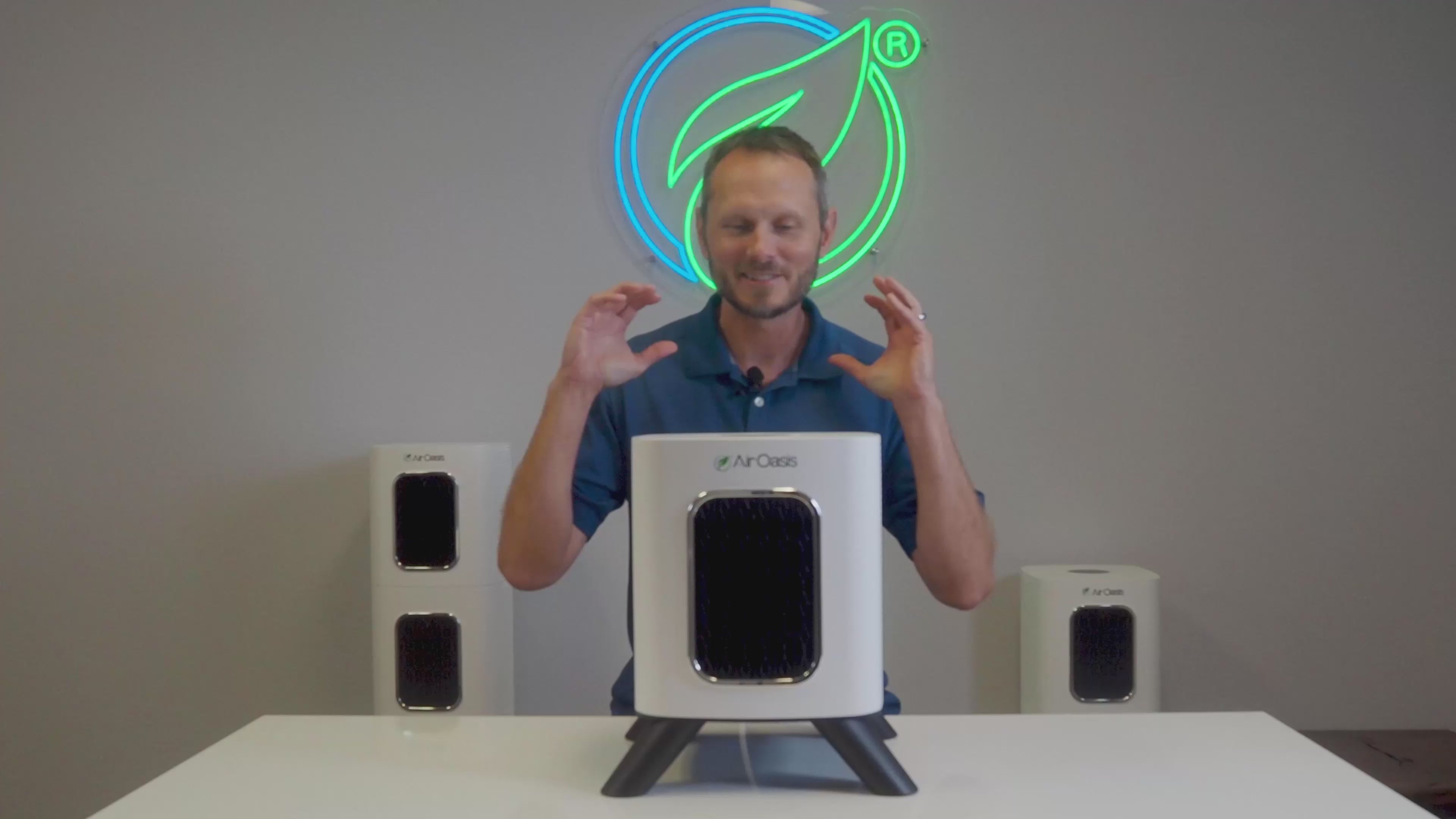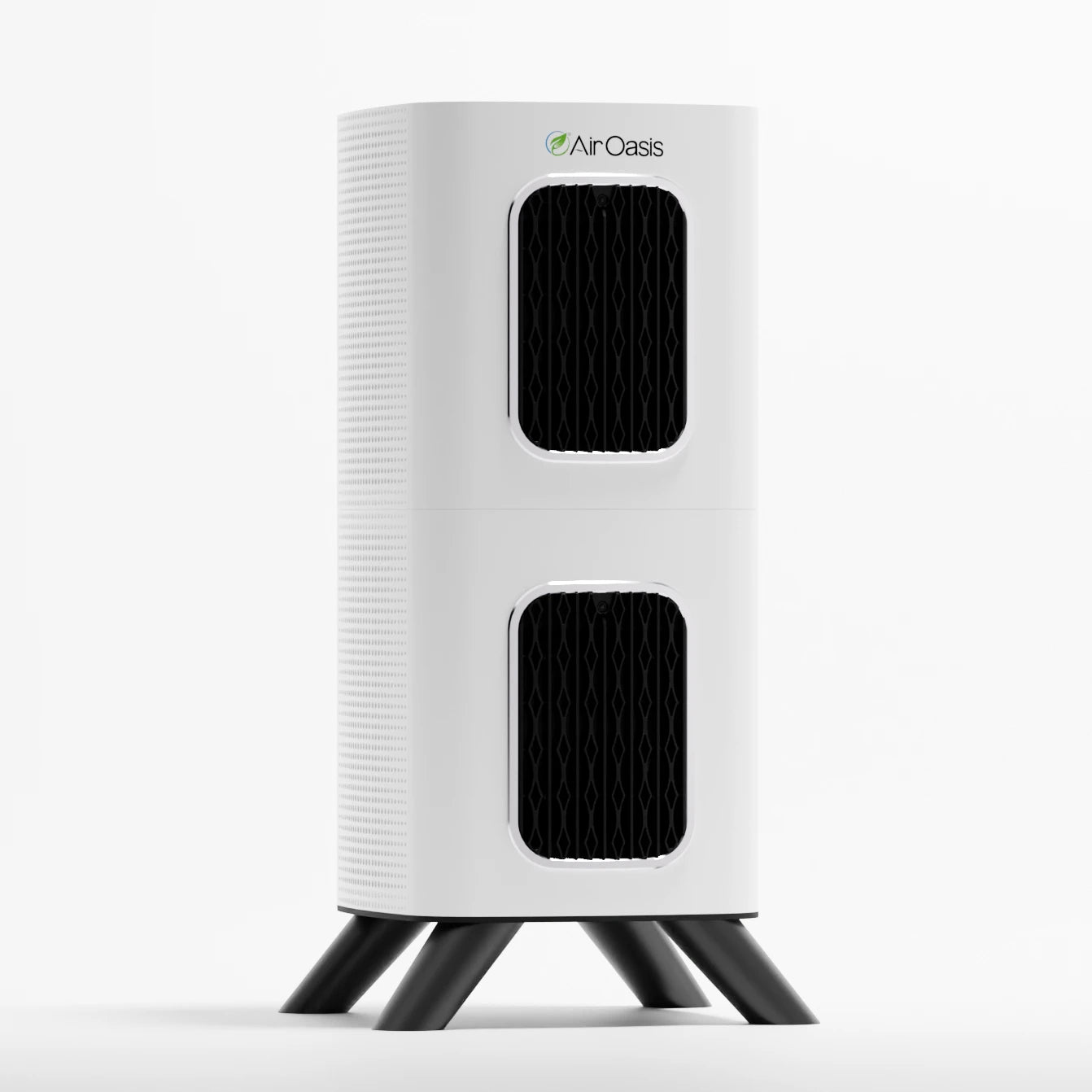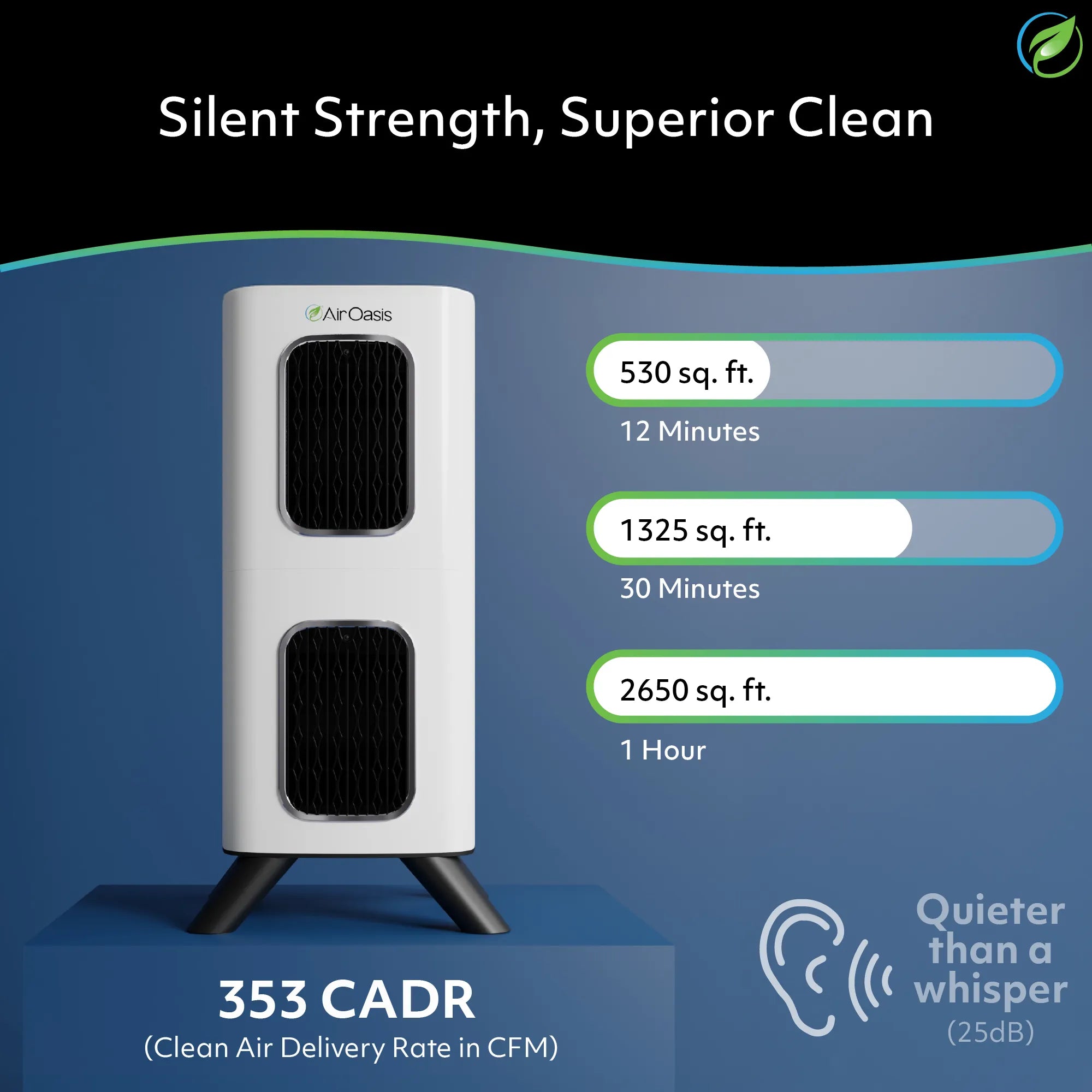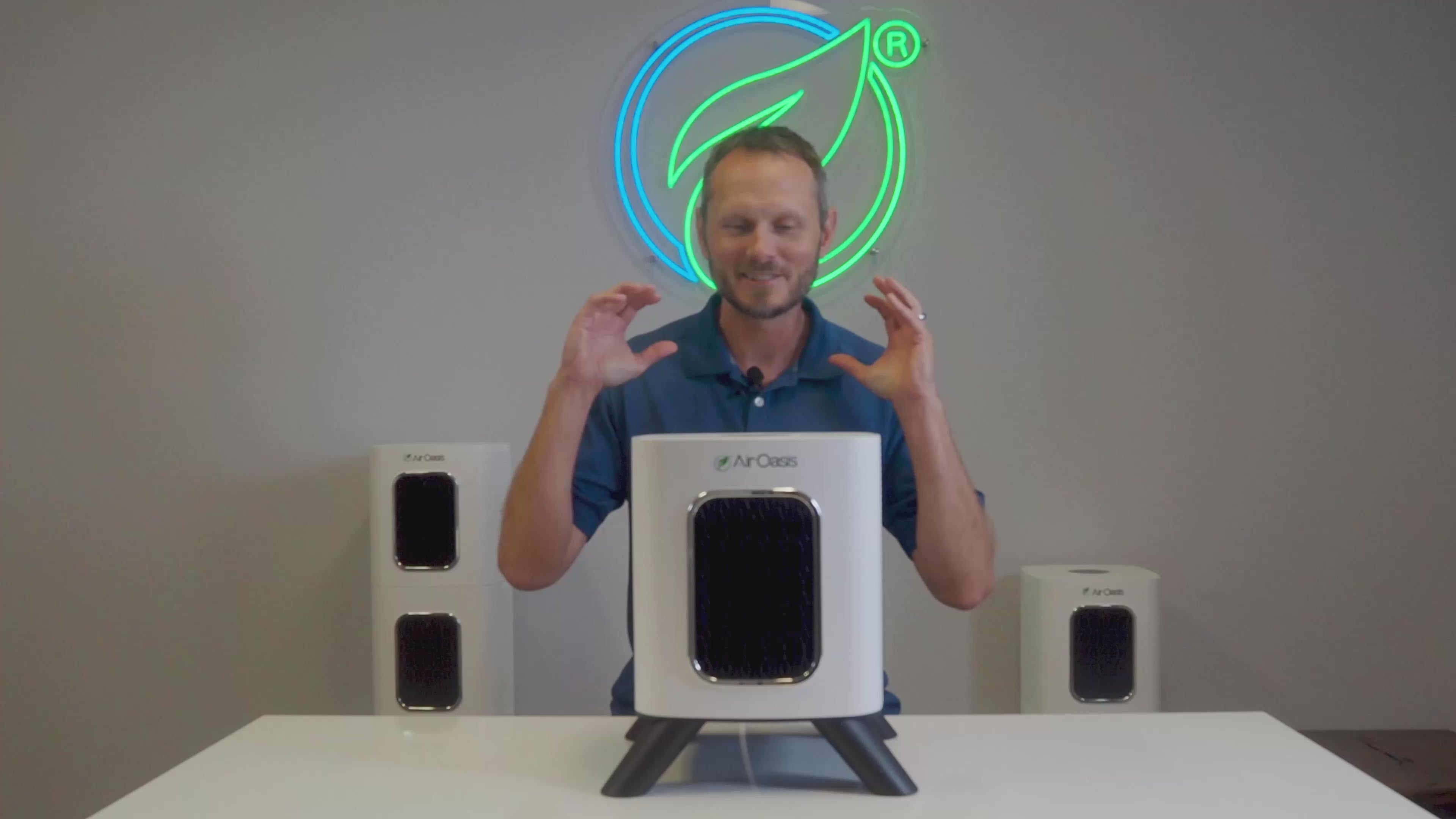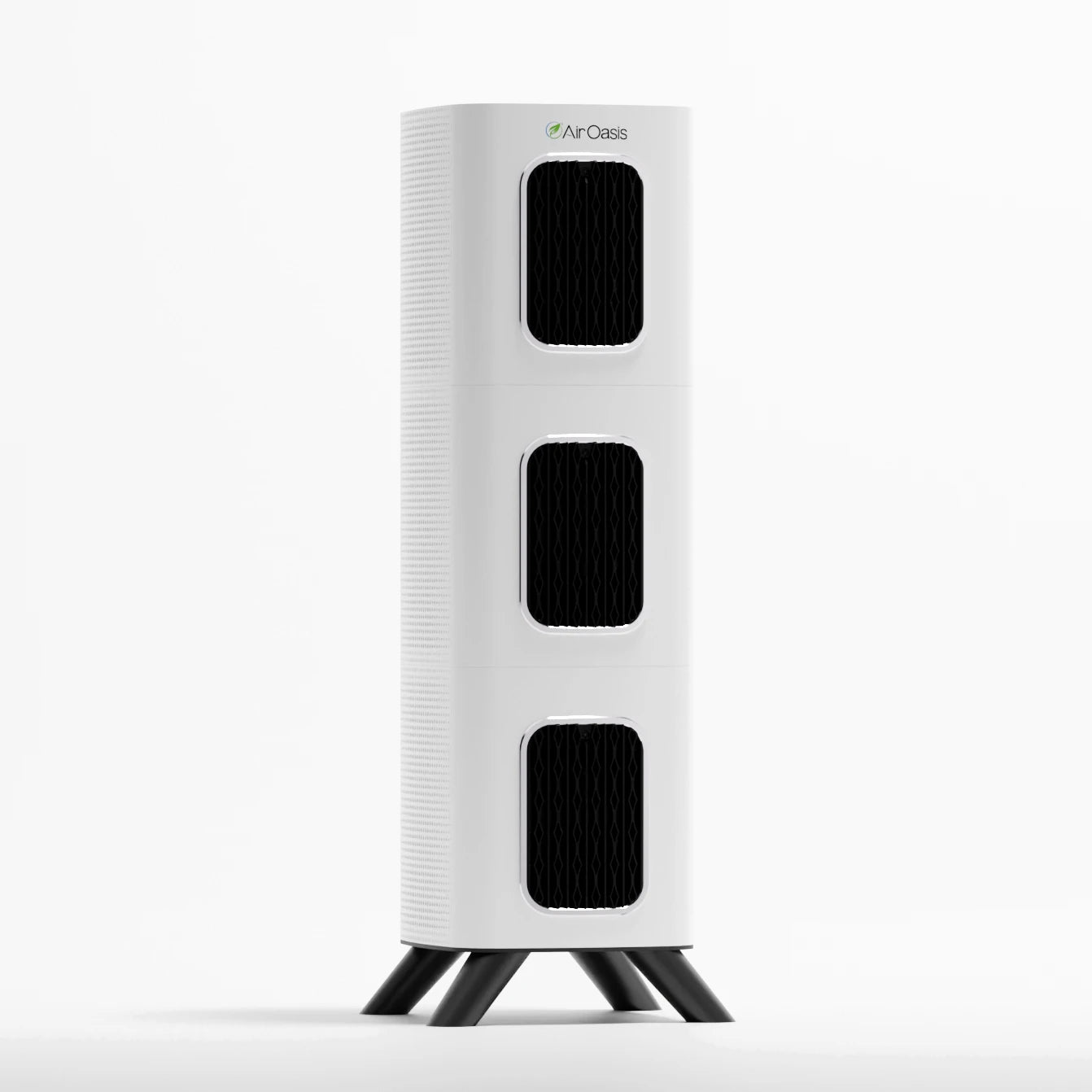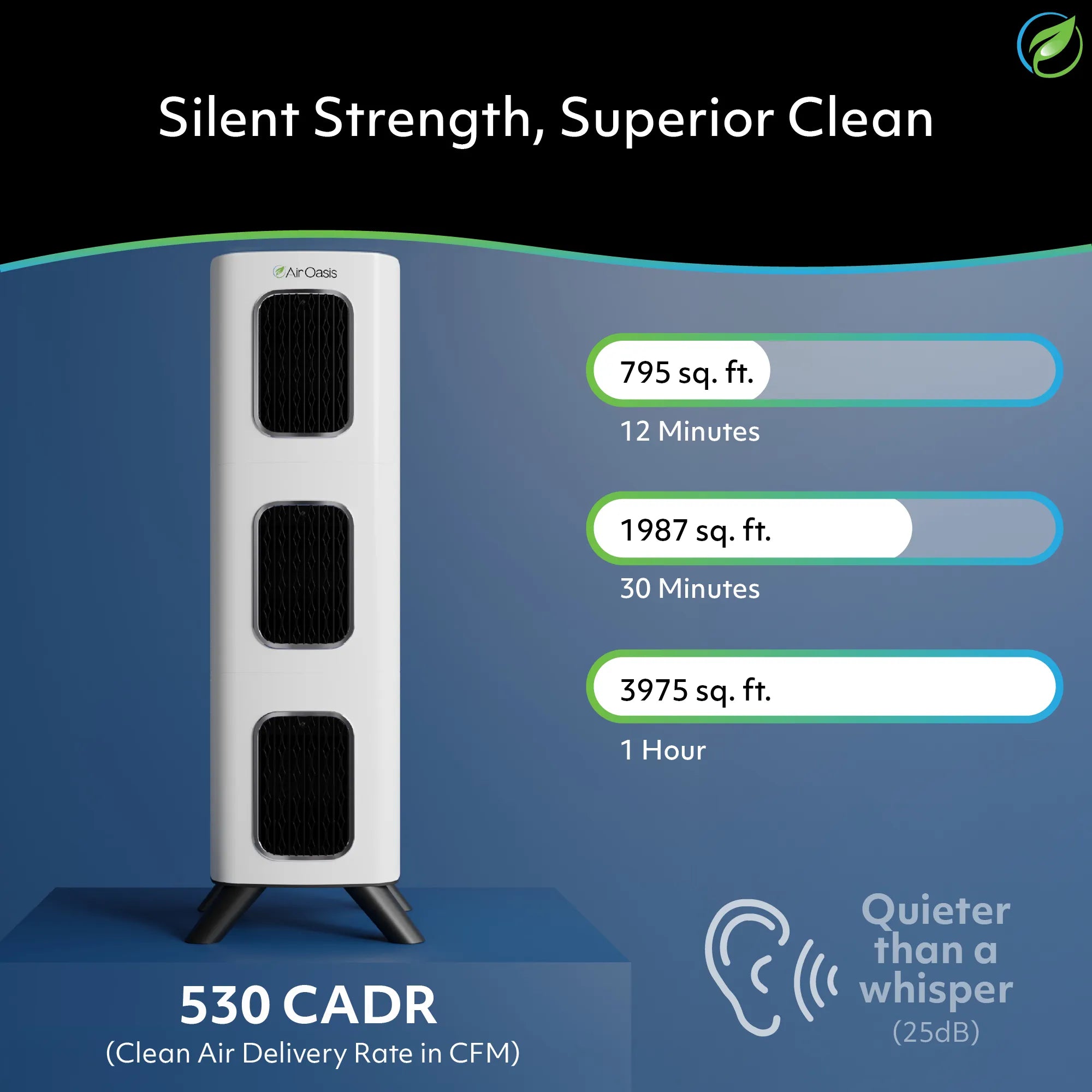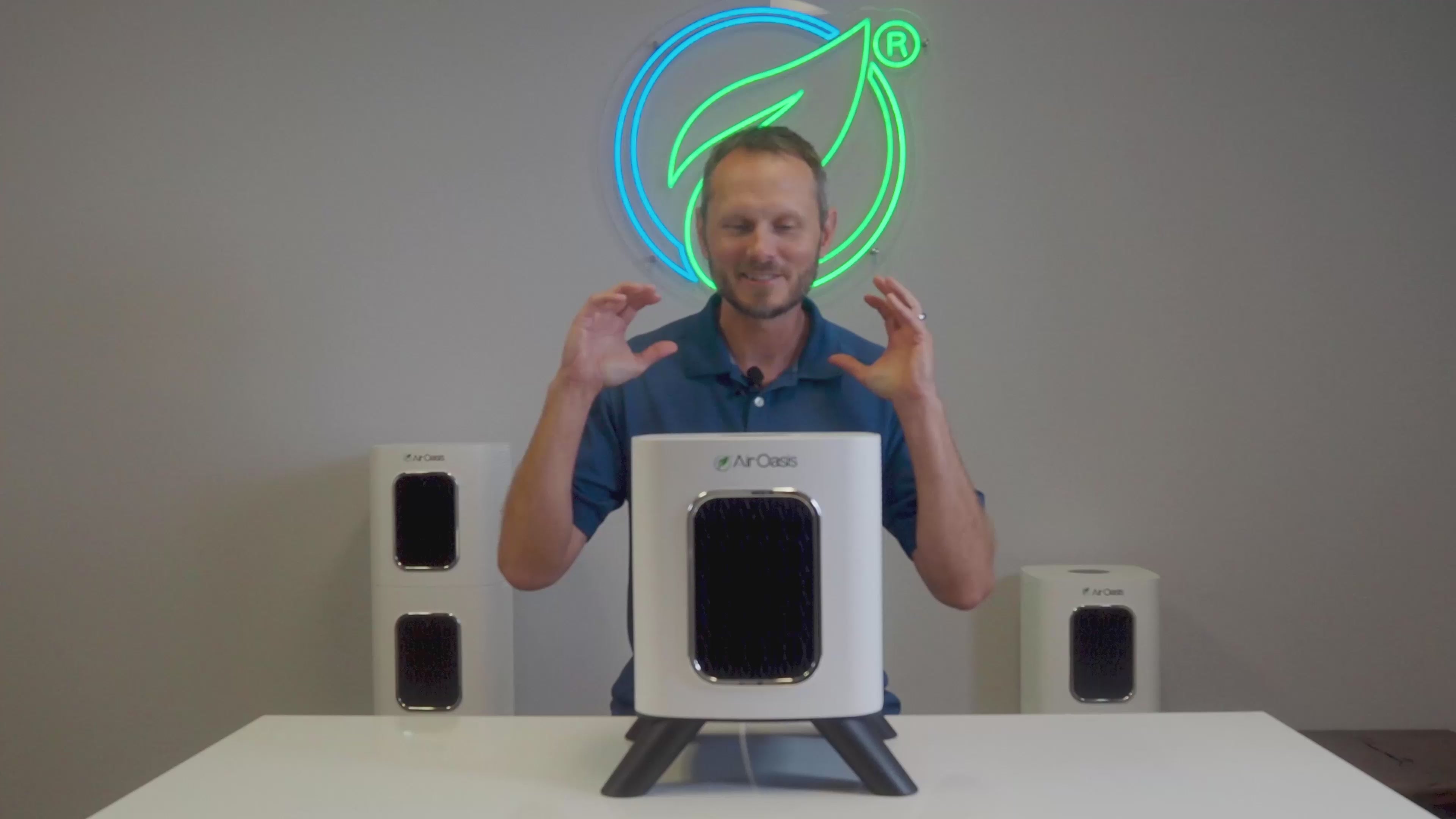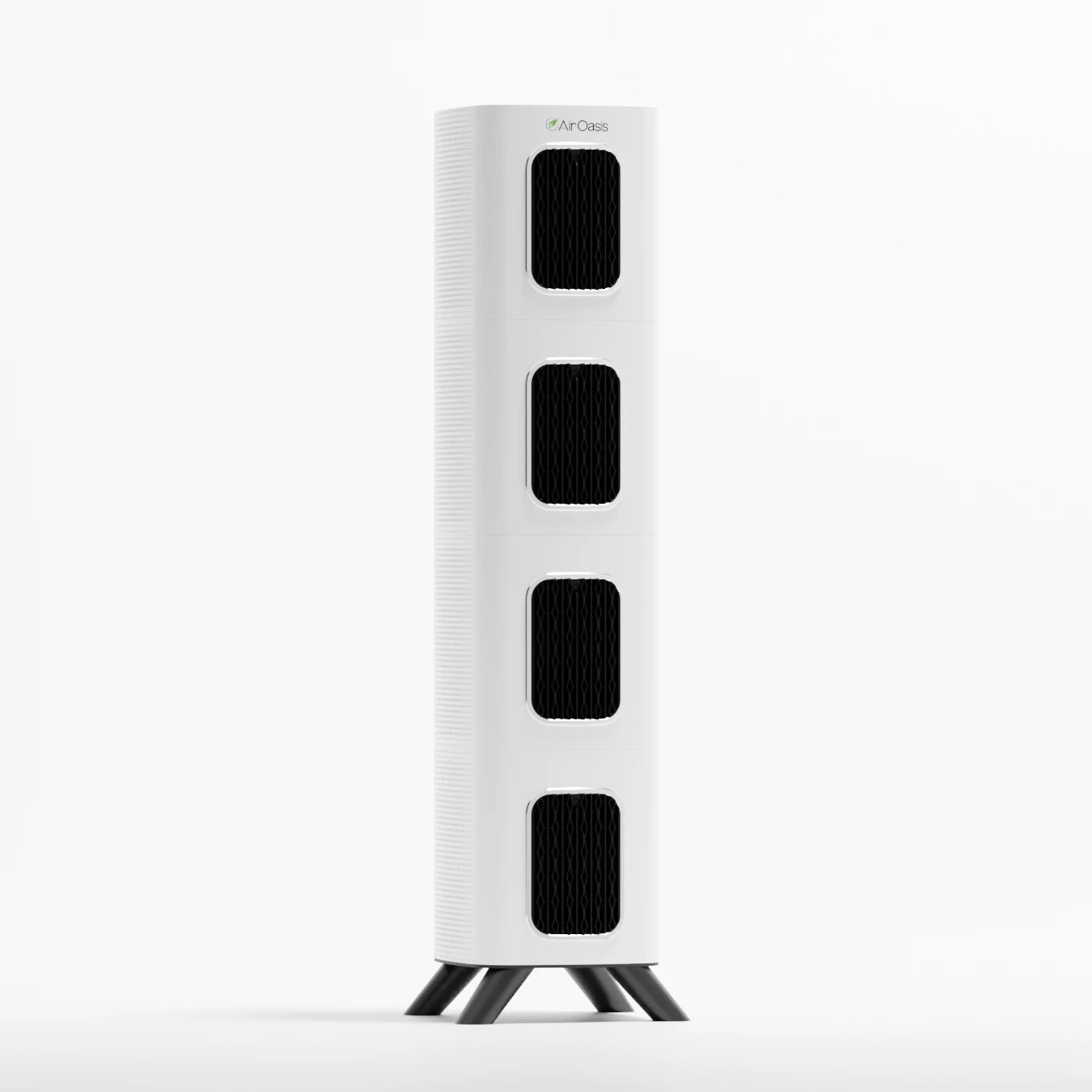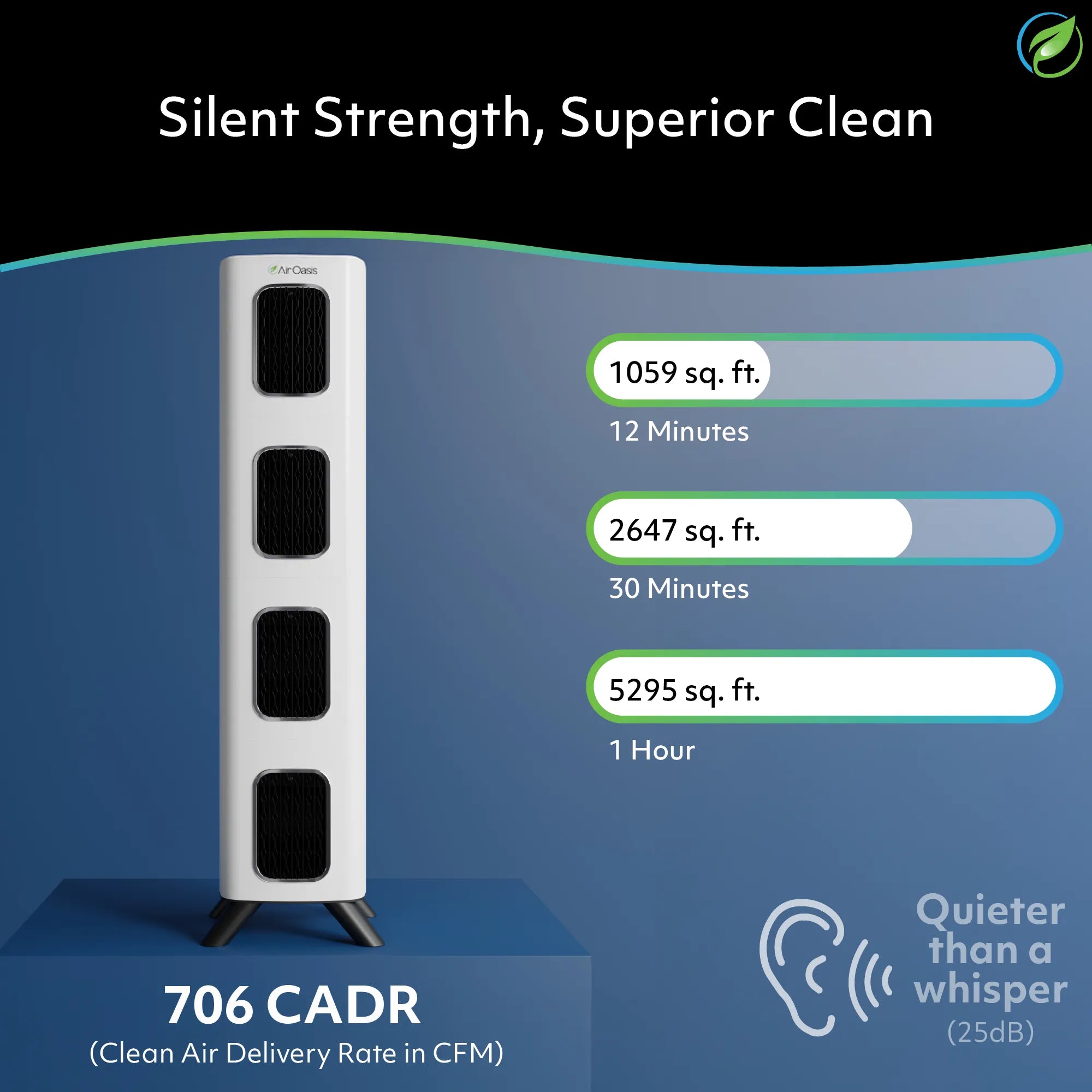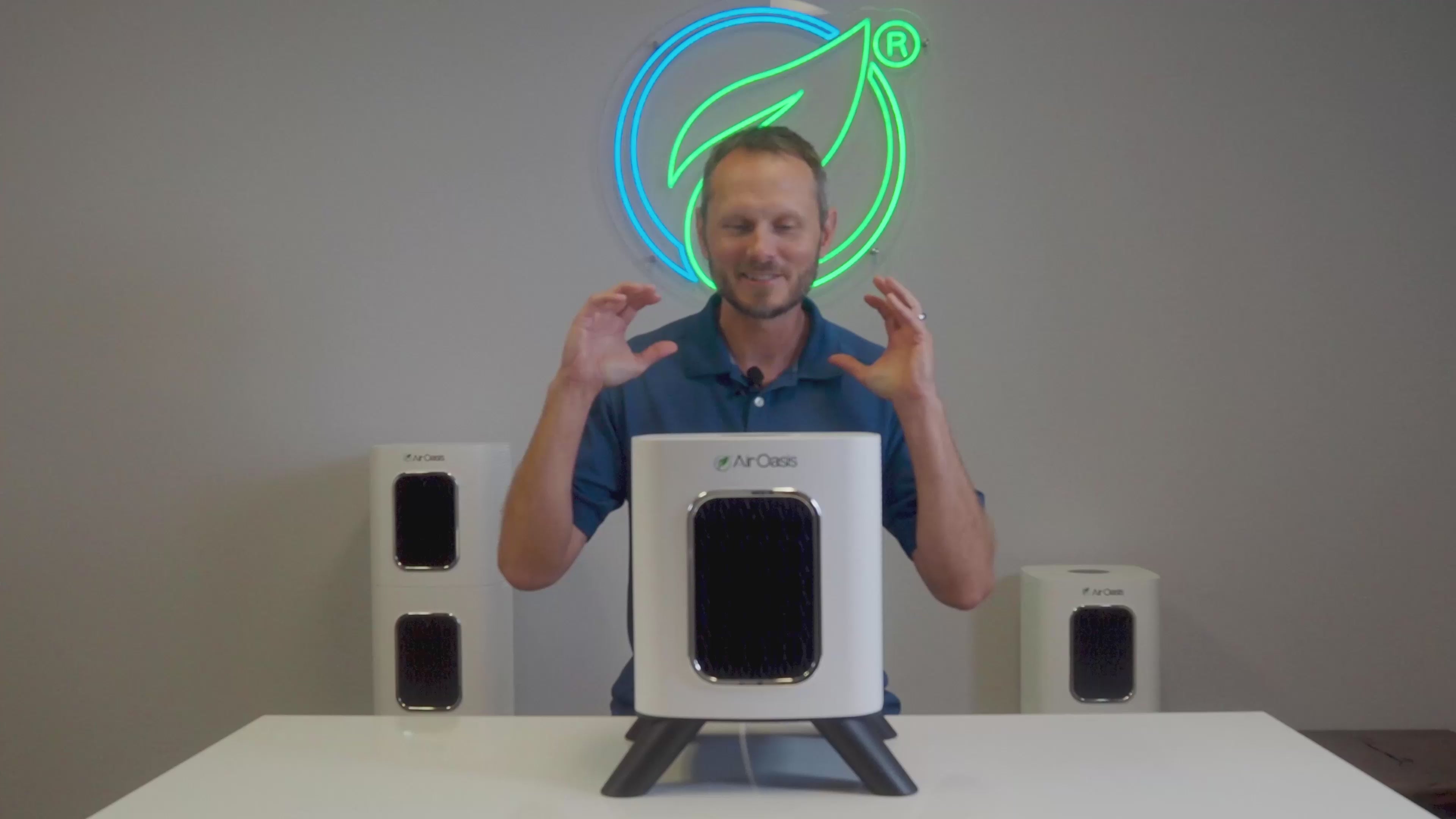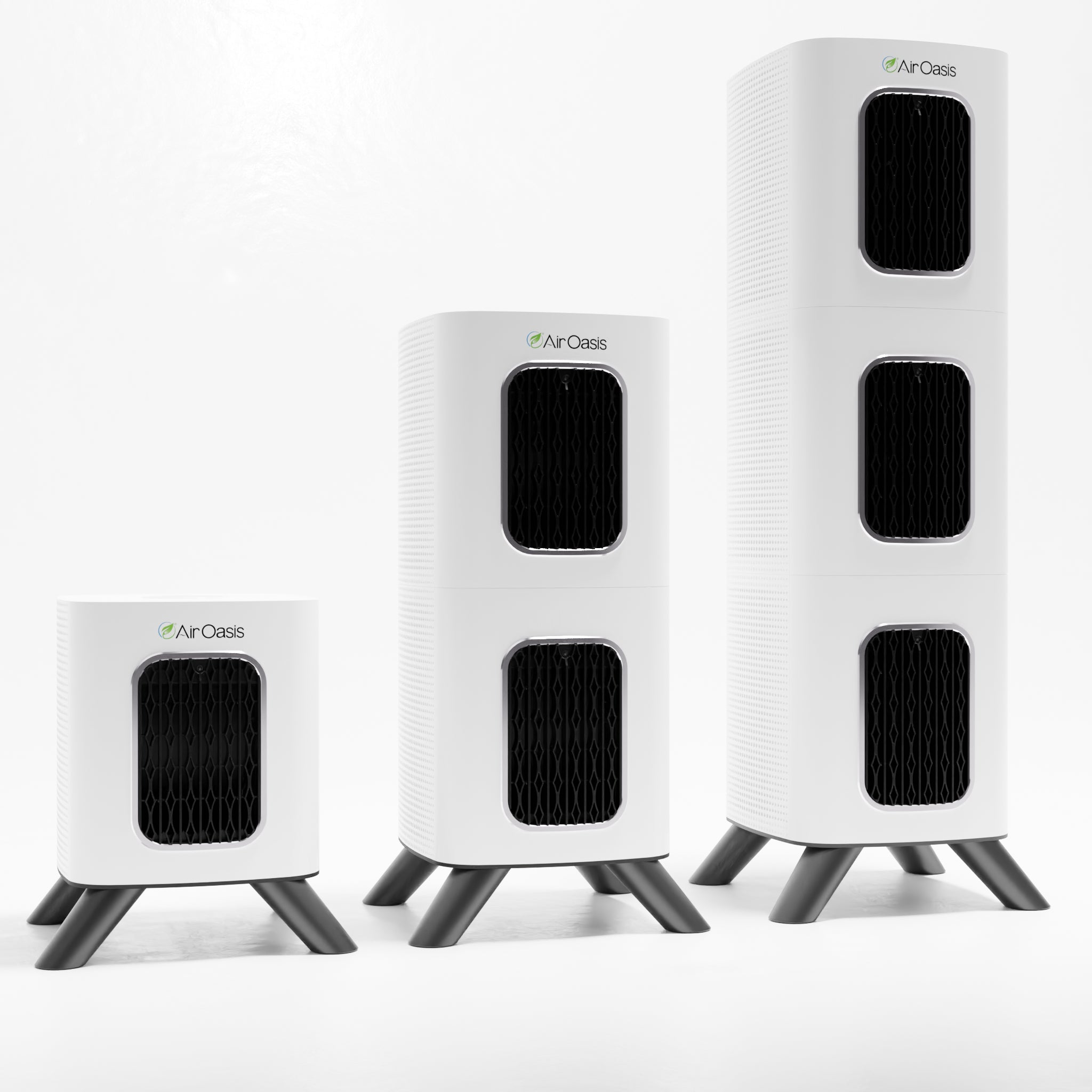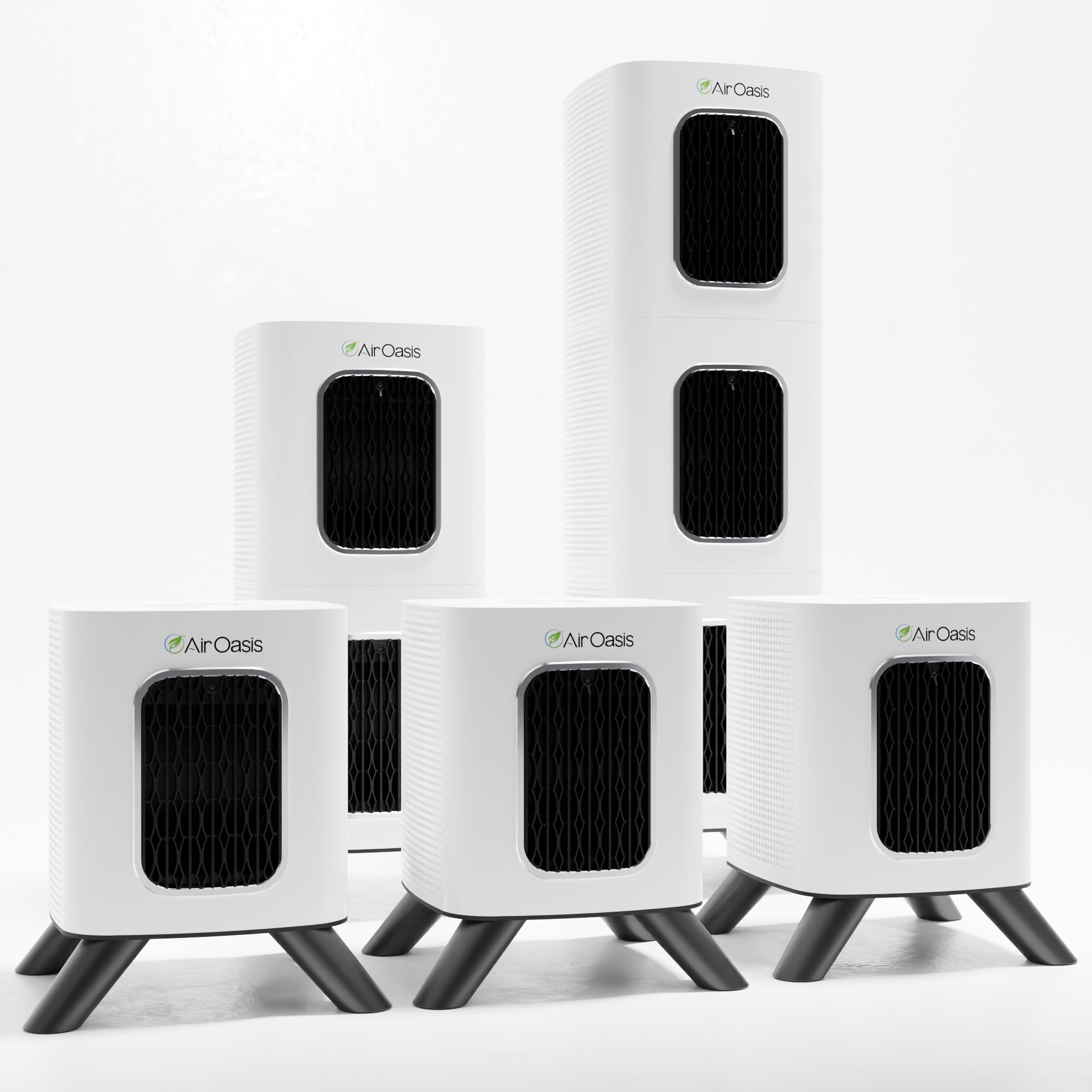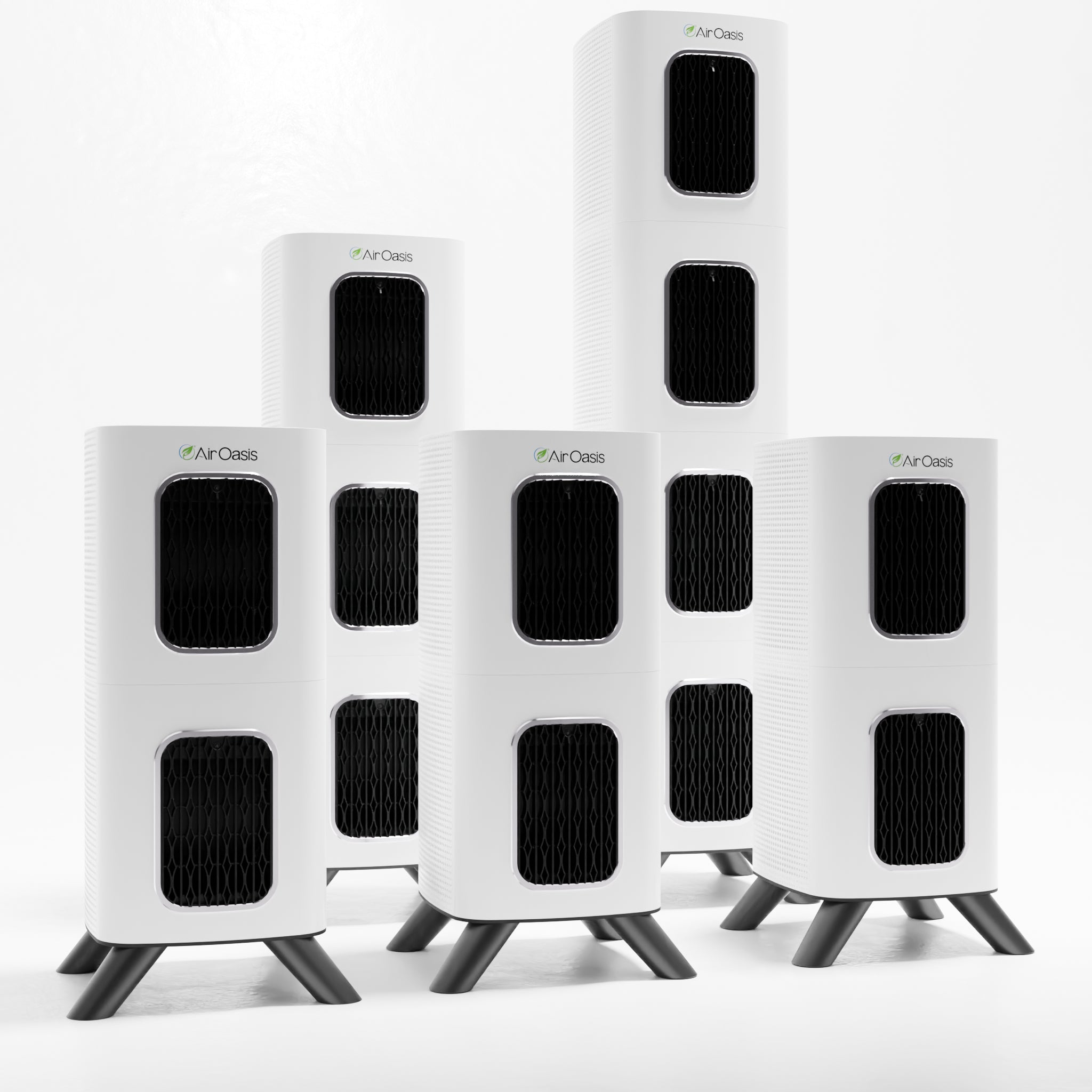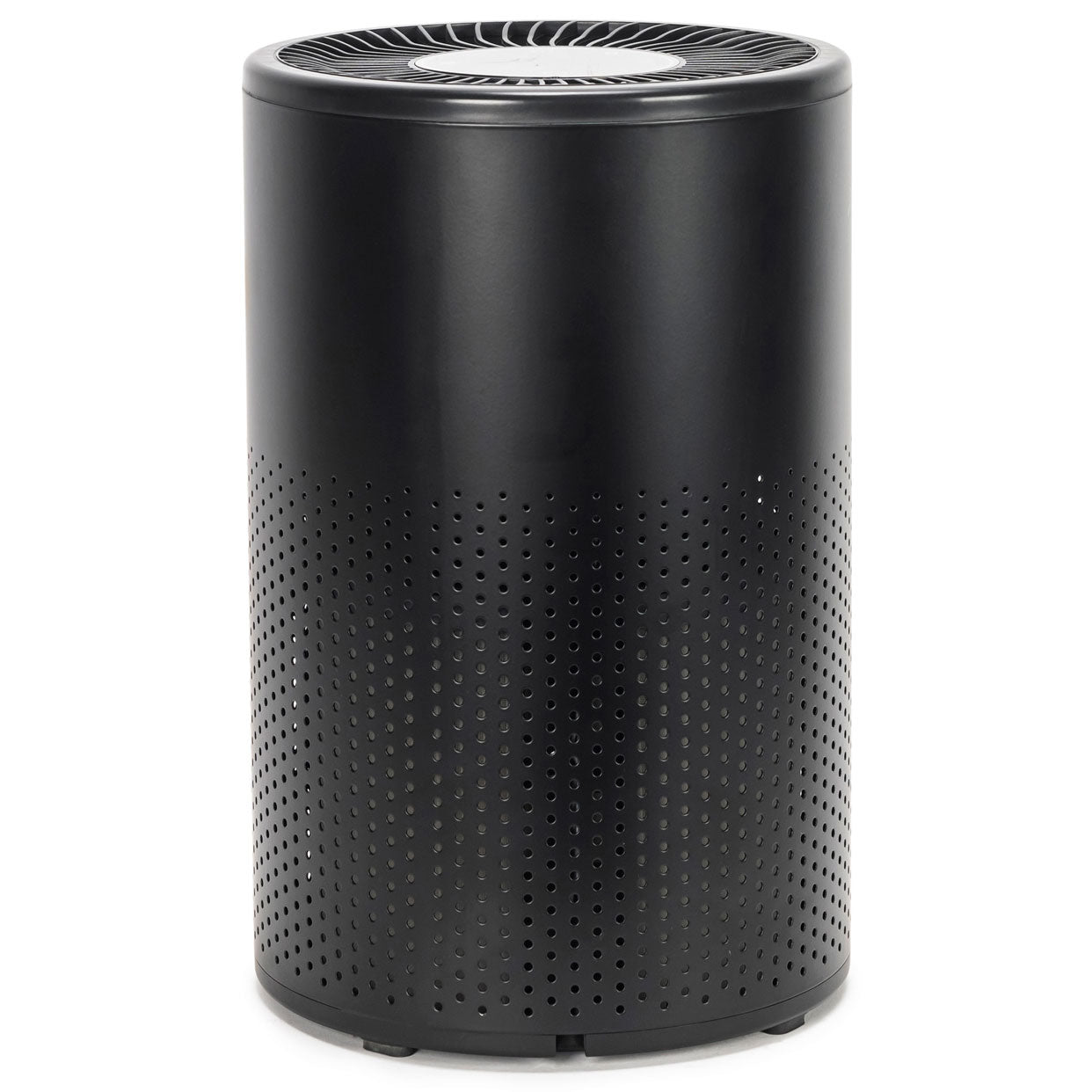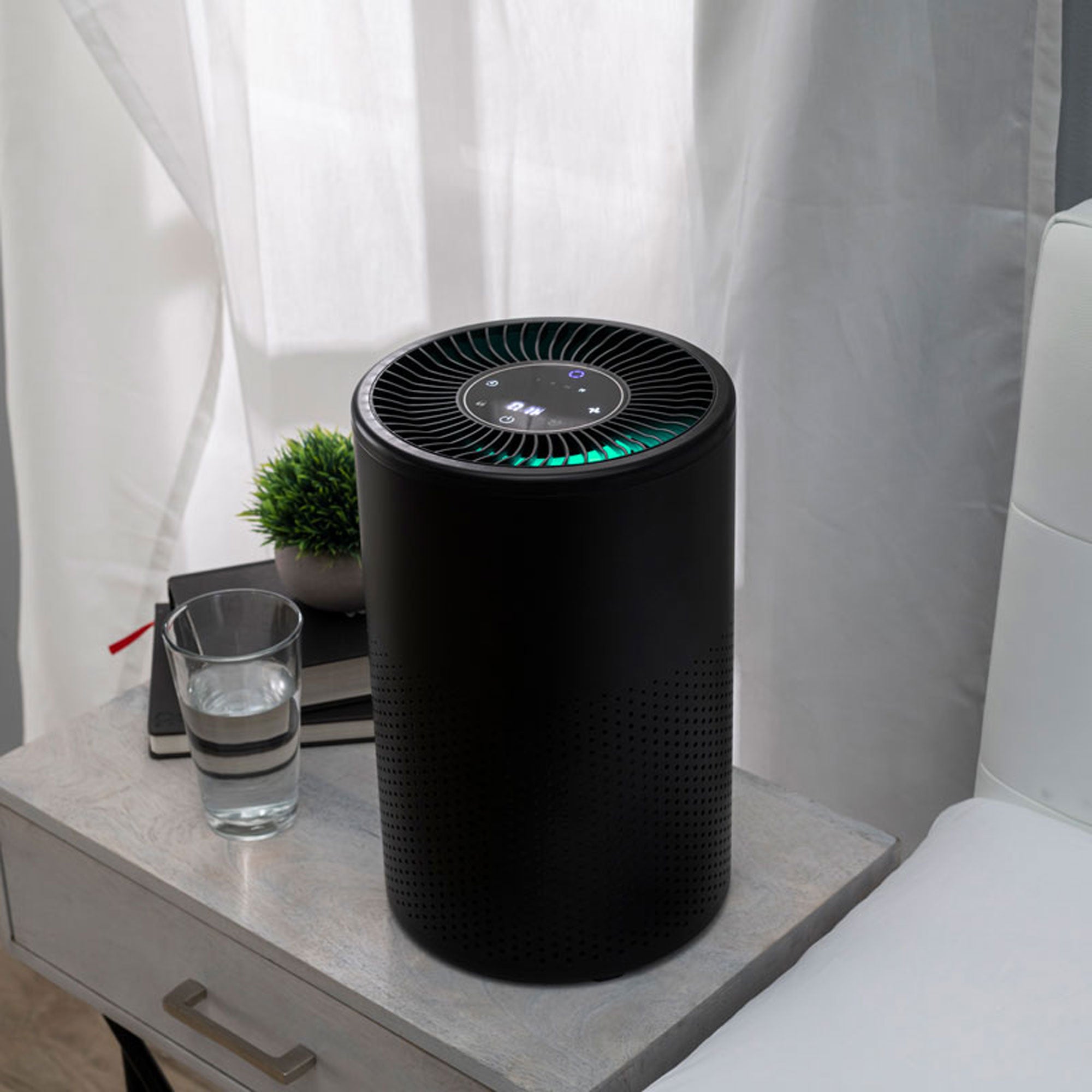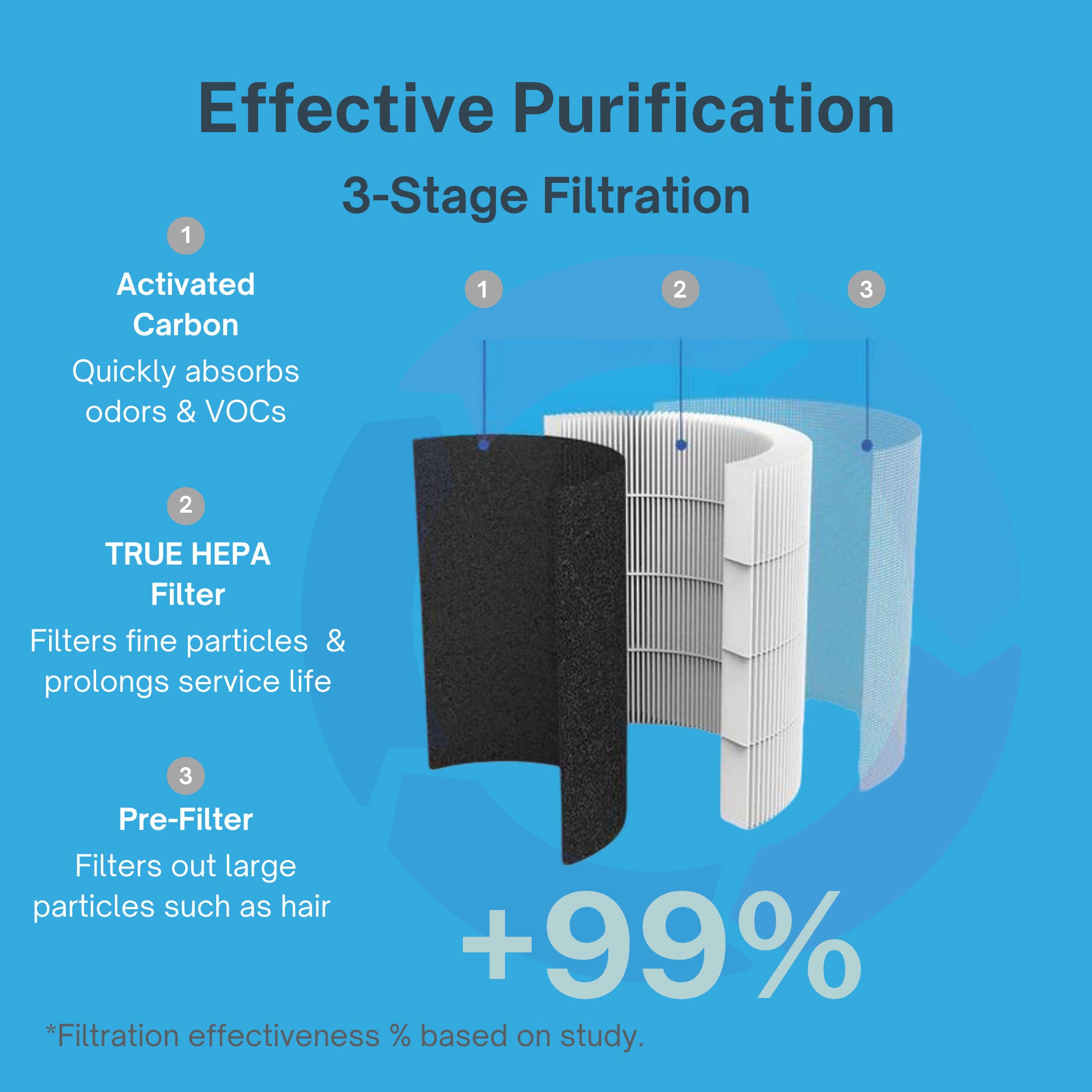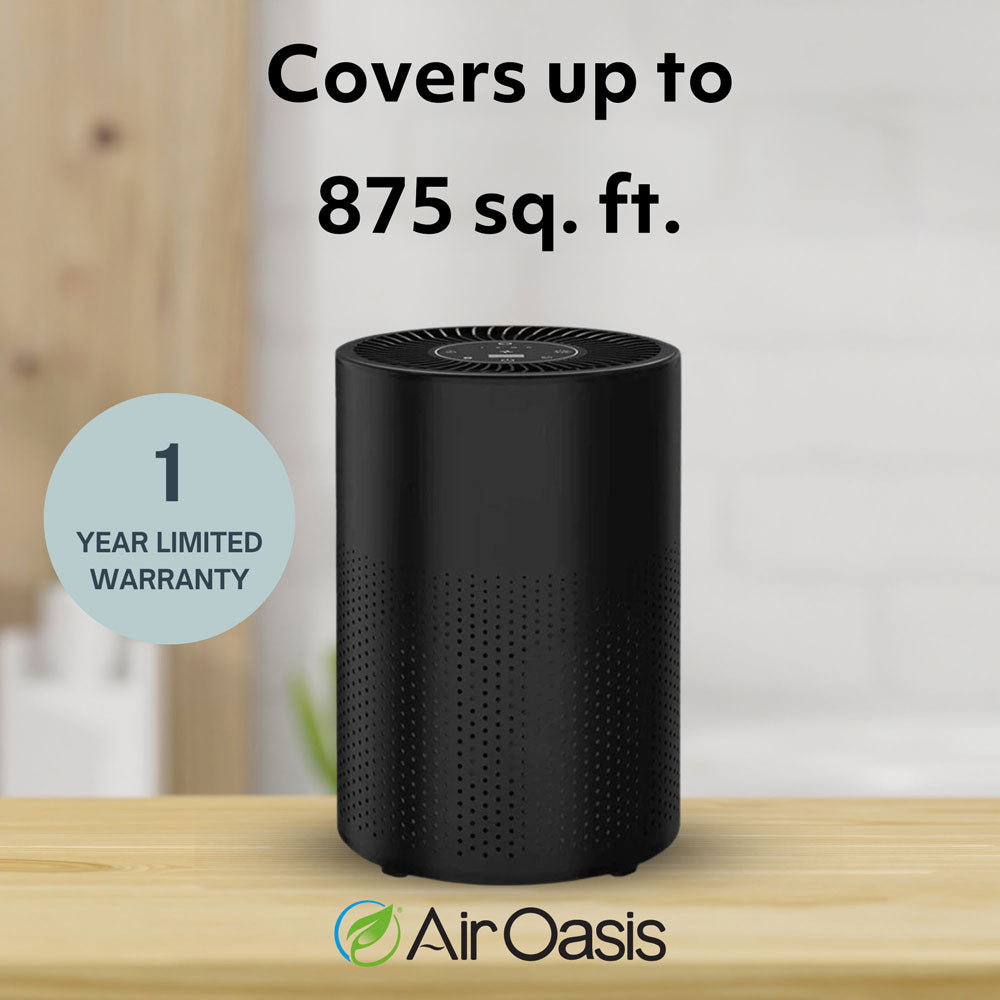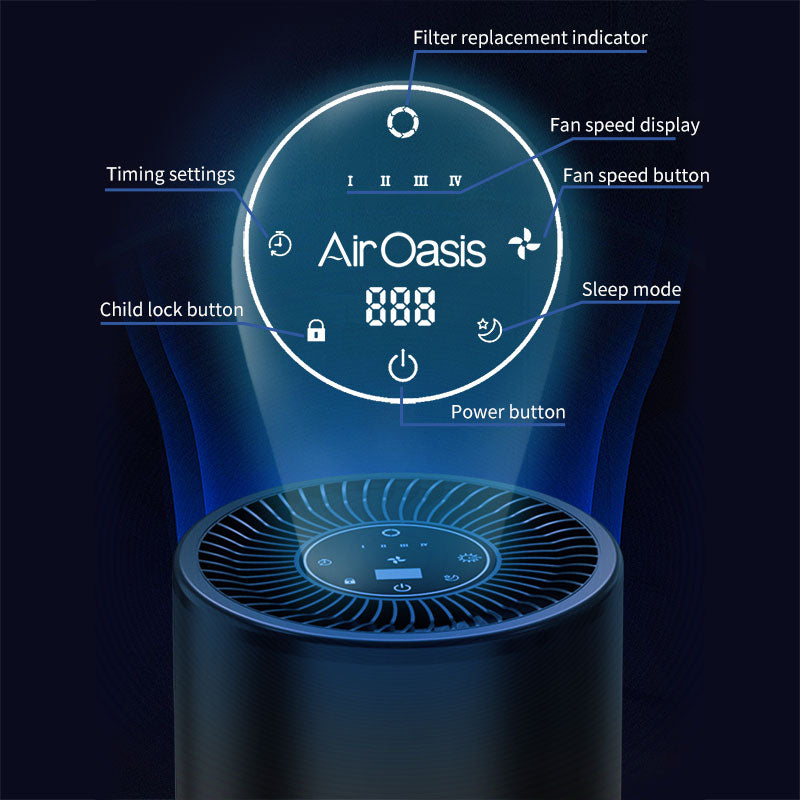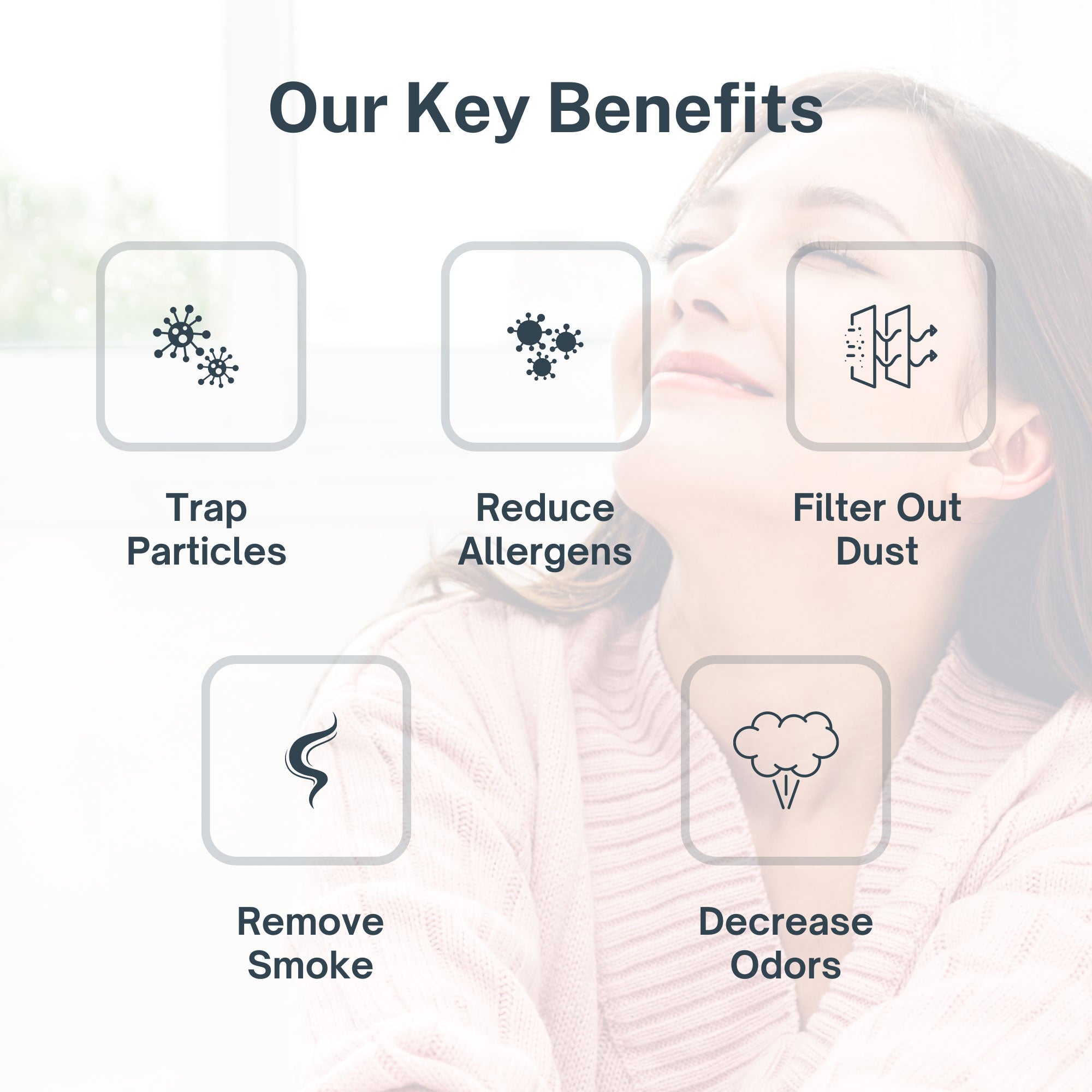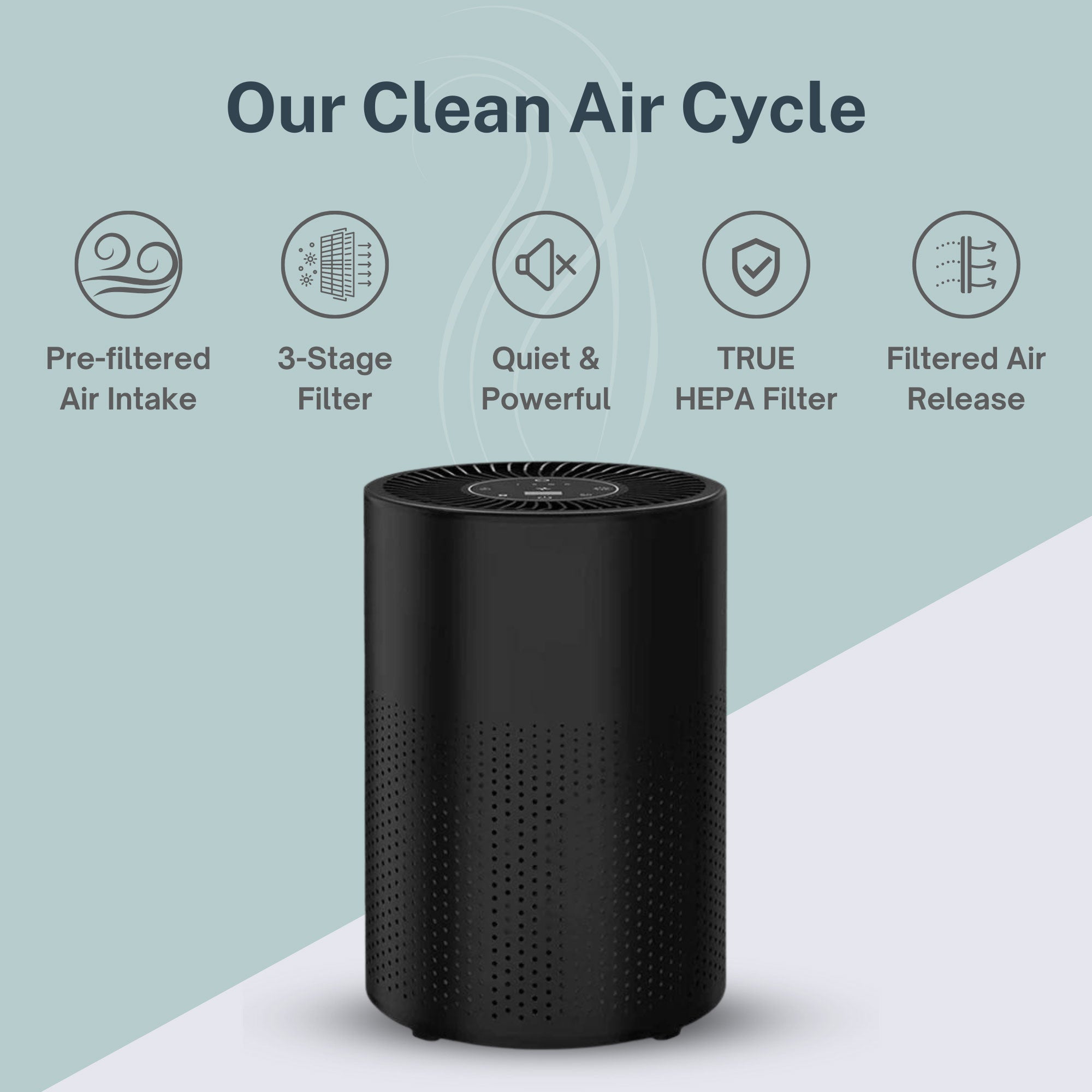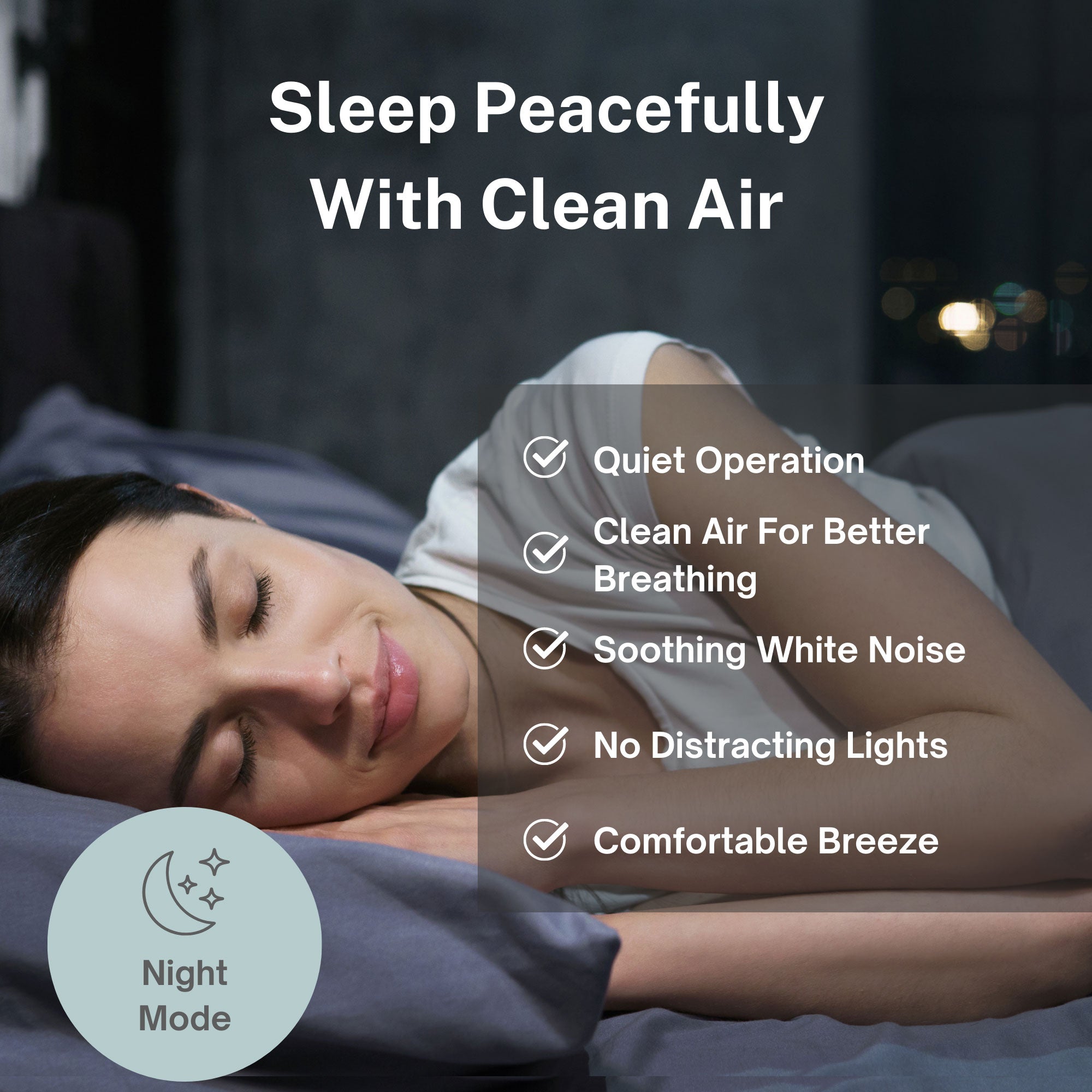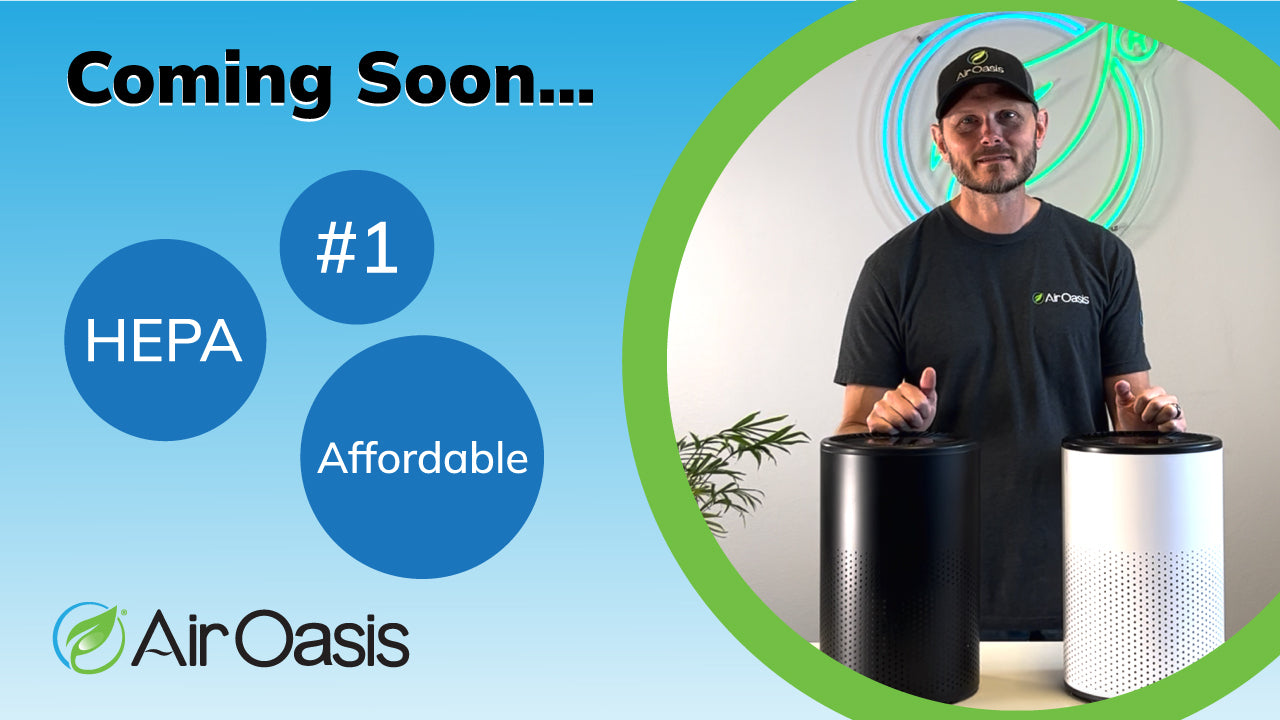Air quality alerts pose serious health risks not just to humans, but also to beloved pets who can experience respiratory distress, eye inflammation, and breathing difficulties when exposed to polluted air. The Montgomery County Animal Resource Center issued safety guidelines during recent air quality emergencies, emphasizing that dogs with asthma, bronchitis, or short snouts face particularly high risks, along with puppies and senior dogs whose respiratory systems are more vulnerable to airborne pollutants.
Pet owners must recognize that their furry companions cannot communicate discomfort the same way humans do, making proactive protection and careful symptom monitoring essential during air quality emergencies. Understanding how to safeguard pets during pollution events can prevent serious health complications and emergency veterinary visits.
Bring Pets Indoors and Optimize Indoor Air Quality
The most effective protection during air quality alerts involves bringing pets inside and maintaining clean indoor air through proper ventilation and filtration. Air conditioning units help filter out harmful particles while creating a controlled environment that protects pets from outdoor pollution exposure.
However, standard home air conditioning and basic ventilation systems may not provide adequate protection during severe air quality events. Fine particulate matter and other pollutants can infiltrate indoor spaces, creating health risks for sensitive pets even when they remain inside. Air Oasis pet-safe air purification systems provide comprehensive indoor air quality management that removes the pollutants most dangerous to pet respiratory health.
Indoor air protection becomes especially critical for pets with pre-existing respiratory conditions, flat-faced breeds like bulldogs and pugs, and older animals whose immune systems may be compromised. These vulnerable pets require consistently clean indoor air to prevent respiratory distress and maintain their health during pollution events.
Creating designated safe spaces with enhanced air purification ensures pets have access to the cleanest possible air during extended air quality emergencies. Pet owners should establish these protected areas before emergencies develop rather than scrambling to create safe environments during active pollution events.
Modify Exercise Routines and Outdoor Activities
Air quality alerts require significant modifications to pet exercise routines and outdoor activities to minimize pollution exposure while maintaining necessary bathroom breaks and basic activity needs. Cutting walks short and limiting outdoor time reduces harmful pollutant inhalation while still allowing pets to meet their essential needs.
Early morning or late evening walks may offer slightly better air quality conditions, though pet owners should check real-time air quality monitoring before venturing outdoors. Even brief outdoor exposure during severe air quality events can trigger respiratory symptoms in sensitive pets, making timing and duration crucial factors in protecting pet health.
Indoor exercise alternatives become essential during extended air quality alerts. Pet owners should prepare indoor activities, puzzle toys, and training exercises that provide mental and physical stimulation without requiring outdoor exposure. These alternatives help maintain pet wellbeing while avoiding dangerous pollution levels.
Dogs requiring frequent outdoor access for bathroom needs should use covered areas when possible and return indoors immediately after completing necessary activities. Lingering outdoors during air quality alerts exposes pets to cumulative pollution effects that can trigger serious respiratory complications.
Recognize Warning Signs of Respiratory Distress
Pet owners must watch for specific symptoms indicating respiratory distress during air quality events: excessive panting, blue gums, abnormal breathing rates, eye inflammation, and coughing. These signs require immediate attention and may indicate serious health impacts from pollution exposure.
Blue gums represent a particularly dangerous symptom indicating insufficient oxygen levels that require emergency veterinary care. Pet owners should not wait to see if this symptom improves, as it signals potentially life-threatening respiratory compromise that needs immediate professional treatment.
Excessive panting beyond normal exercise-related breathing, especially when pets have been indoors or minimally active, can indicate respiratory irritation from airborne pollutants. This symptom often appears before more serious respiratory distress develops, making early recognition crucial for preventing health complications.
Eye inflammation and persistent coughing also signal harmful pollution exposure affecting pet respiratory and immune systems. These symptoms may develop gradually during extended air quality events, requiring careful monitoring and potentially veterinary consultation to prevent progression to more serious health impacts.
High-Risk Pets Need Extra Protection
Dogs with pre-existing respiratory conditions including asthma and bronchitis face significantly higher risks during air quality alerts and require enhanced protection measures beyond those needed for healthy pets. These animals may experience severe symptom flares even with minimal pollution exposure, making comprehensive indoor air quality management essential.
Brachycephalic breeds with shortened airways, including bulldogs, pugs, Boston terriers, and Persian cats, struggle more than other pets during air quality events due to their already-compromised breathing capabilities. These flat-faced pets require constant indoor protection and immediate veterinary attention if any respiratory symptoms develop during pollution events.
Puppies and senior dogs represent particularly vulnerable populations whose developing or aging respiratory systems cannot effectively cope with pollution stress. Young animals lack fully developed immune defenses, while older pets may have underlying health conditions that pollution exposure can exacerbate into serious medical emergencies.
Pets with compromised immune systems, whether from age, illness, or medication, need the most stringent protection during air quality alerts. These animals require consistently clean indoor environments and should avoid any outdoor exposure during moderate to severe air quality events.
Emergency Preparedness for Pet Owners
Pet emergency preparedness should include plans for managing extended air quality alerts that may last several days or weeks during major wildfire or pollution events. Pet owners need adequate food, water, medications, and indoor enrichment activities to maintain pet health and wellbeing throughout prolonged indoor confinement periods.
Fresh water access becomes especially important during air quality events, as pets may drink more to help their bodies cope with respiratory irritation and maintain proper hydration. Clean, filtered water supports pet health during pollution exposure while reducing additional contaminant intake.
Emergency veterinary contact information should be readily available, along with transportation plans for reaching veterinary care if pets develop respiratory distress. During widespread air quality events, veterinary clinics may experience high demand, making early contact and clear symptom communication essential for timely care.
Air Oasis air purification technology provides pet owners with reliable indoor air quality management that operates continuously during air quality emergencies, ensuring pets breathe clean air even when outdoor conditions remain hazardous for extended periods.
Create Long-Term Pet Protection Strategies
Recurring air quality alerts require pet owners to develop comprehensive protection strategies rather than relying on emergency responses during individual pollution events. Climate change and increasing wildfire activity make air quality threats more frequent and severe, requiring proactive pet health protection planning.
Indoor air quality management becomes a year-round necessity for pet owners, particularly those with vulnerable animals or pets living in areas prone to wildfires, industrial pollution, or seasonal air quality challenges. Investing in comprehensive air purification provides consistent protection that benefits pet health during both emergency events and daily pollution exposure.
Pet health monitoring should include attention to respiratory symptoms and air quality impacts as part of regular veterinary care discussions. Early detection of pollution sensitivity enables pet owners to implement enhanced protection measures before serious health complications develop.
Building relationships with veterinary professionals who understand air quality health impacts ensures pet owners have access to expert guidance when pollution events threaten pet health. These professional relationships provide essential support during emergency situations and ongoing health management.
Protect Your Pets from Air Quality Threats Today
Air quality alerts represent serious health threats to pets that require immediate protective action and long-term planning to ensure beloved animals remain safe during environmental emergencies. Pet owners cannot control outdoor air quality conditions, but they can take decisive action to create safe indoor environments that protect pet health regardless of external pollution levels.
The increasing frequency of air quality emergencies makes comprehensive pet protection planning essential rather than optional. Don't wait for the next air quality alert to threaten your pet's health—invest in the indoor air quality management that provides consistent protection for your furry family members.
Your pets depend on you to recognize air quality threats and provide the protection they need to breathe safely. Take control of your home's air quality today and ensure your pets have access to clean, healthy air regardless of outdoor environmental conditions. Shop Air Oasis today and create the pet-safe indoor environment that protects your beloved companions from air quality emergencies.






